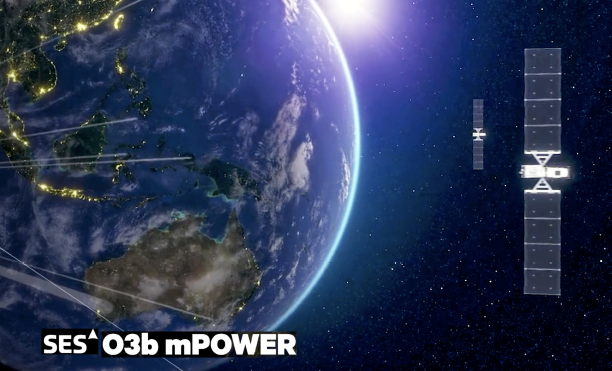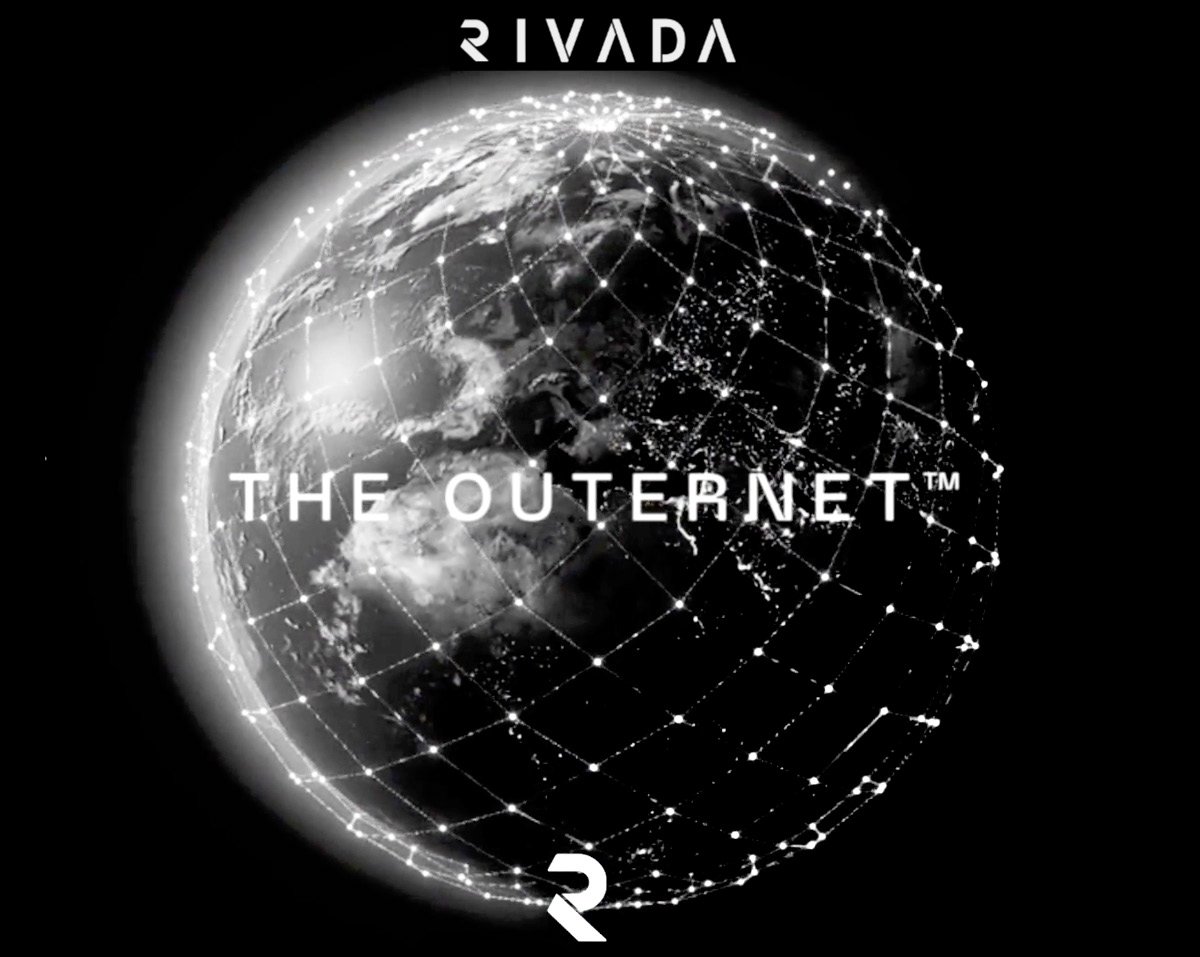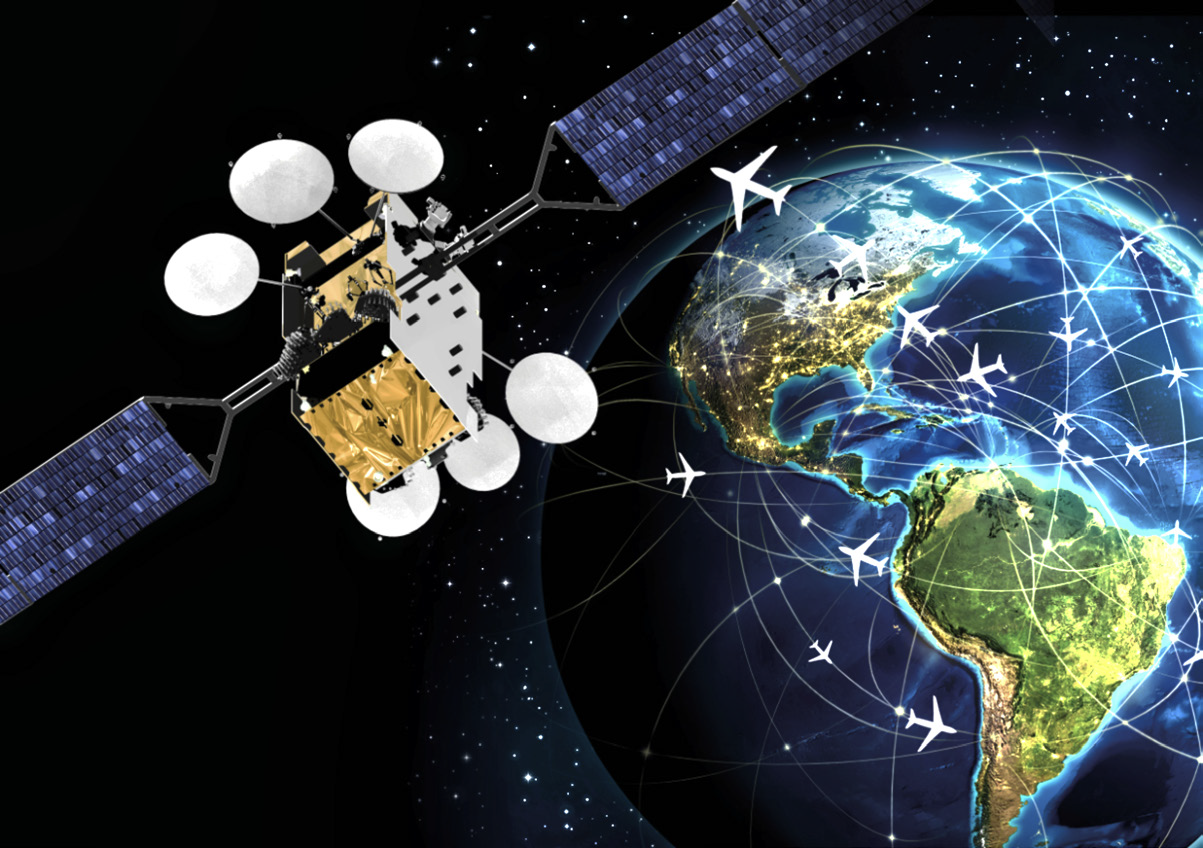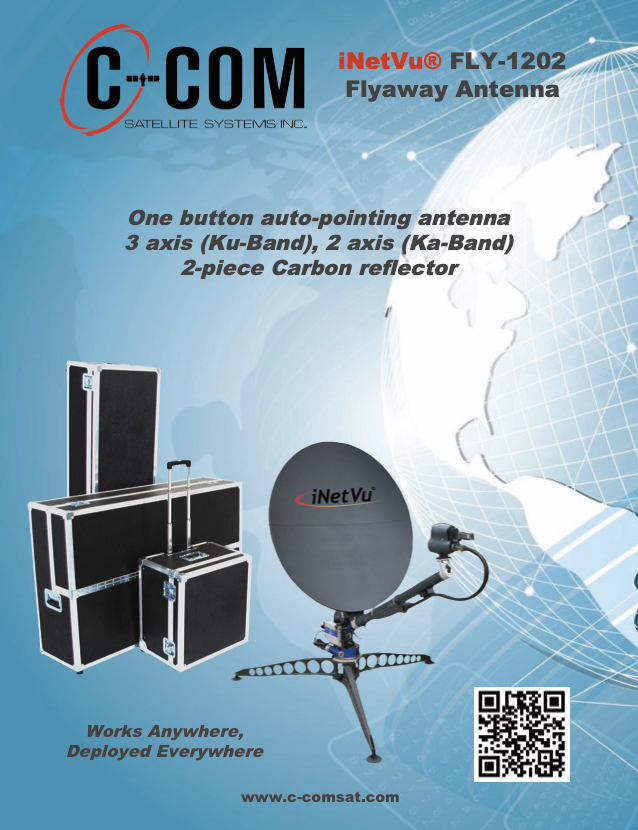For the better part of 20 years, under the tenure of successive CEO’s Romain Bausch, Karim Michel Sabbagh and Steve Collar, the accepted mantra was that SES did not need a LEO fleet of satellites. That position might now be quite different under new CEO, Adel Al-Salah.

Al-Salah has been in the SES CEO post for one month but he admitted to analysts during the February 29th SES post-results discussion that the possibility of SES investing in a LEO constellation was no longer taboo.

Adel Al-Salah
Indeed, Al-Salah told analysts that SES was now in a fortunate position to be able to evaluate many different options.
“And we’re looking at all of the different things we need to do to actually cement our value to the clients, whether it’s scale, whether it’s specific capabilities that we would like to accelerate through an inorganic acquisition or other areas to improve our overall positioning. That includes organic investments, big projects that potentially could give us an extension to our constellations, strengthening of our future networks, organic investments in particular technologies that we need in order to make sure that we are on the forefoot - forefront of having software-defined capabilities and AI and big data in our satellites.”
While accepting that its O3b mPOWER Medium Earth Orbiting (MEO) fleet represented a much faster route to global coverage (once the fleet was fully populated) he stated that there were inevitable gaps in the sort of coverage SES could supply.
Inevitably — although unsaid — was the missed revenues from the rival LEO positions of OneWeb (owned by Eutelsat) as well as the threats from a half- dozen other operators, not the least of which is Telesat’s Lightspeed.
However, investing in an SES-owned LEO system would be expensive. Working with Starlink, albeit with a reduced share of the revenue, might make more sense.
Al-Saleh stressed that the relationship with Starlink was accretive to SES.
“Every partnership that we launch has to be accretive to us. So the partnership we described is very much accretive to us. With the philosophy, we drive with our sales force and our teams in front of the clients is not to have ‘a war between us and our extended competitors’.”
“There’s no one solution that fits. Therefore, we want to see ourselves as all orbit operators. Of course, our focus is our own satellites. We always want to leverage the capacity that we have and deploy that and make sure that we have high utilisation of the assets that we have built. Therefore, GEO, MEO continues to be our key focus area.”
“We do see the need for LEOs, as well. However, we have not decided that we, as a company, should be going into LEO full force like we are in GEO and MEO. But that is something on the table, right? We are evaluating that.”
SES key financial highlights
• Results exceeded expectations and delivered +1% YOY, reaching 2.03 billion euros.
• The SES Network business is now responsible for as much as 52% of the company’s revenues.
• O3bmPOWER is on track to start service in Q2 2024 to deliver high-performance, low latency connectivity.
• The company’s next-generation GEO satellite — ASTRA 1P — is set to launch in the summer of 2024.
• SES maintained a robust financial position with an industry-leading, investment grade balance sheet.
As if on cue, up popped Declan Ganley, CEO of Rivada Networks, based in Munich, saying (in a Tweet/X),
“If only there was already a European operator headquartered in, oh, say, Munich, with employees from all over Europe and that had the very top priority Ka Band LEO satellite spectrum and excellent polar orbital slots, had already raised (a lot) of private capital, had contracts in place to build and launch its constellation and would be ready to turn on service in say 2025…”

Rivada has their first batch of 300 satellites on order (with Terran Orbital) and another 300 in the pipeline.
SES uses capacity from Elon Musk’s Starlink to fill some of those gaps. Al- Salah told analysts...
“Every partnership we launch has to be accretive to us. The idea is not to have a war between us and our competitors. We are focused on our clients and if a combination between us and a competitor makes a lot of sense for the client and gives a positive return to us, an accretive deal, then we will do it. We would not do a deal that takes away margin from us or abuses our opportunity with the client.
“[We] believe many aero customers, a lot of cruise customers, are looking at this real proven resilient solution that they want to offer both when they are in very vast places where there are not too many connectivity requirements on them, but also on there the very congested places, like ports or airports where one solution doesn’t work, right? And it requires multiple solutions to enhance that capability. So the growth will come from all these areas rather than from one particular and one only solution.”
As to the numbers, SES is enjoying a decent trading year (at long last). The compny’s revenue for 2023 was 2,030 million euros,and ahead of expectations, despite the firm’s Video division suffering a -4.4 percent fall in revenue (to 607 million euros). However, the SES Networks division continues to reveal solid growth (up 6.1 percent to 1.062 million euros).
But the headline news is that the company changing their dividend policy to half-yearly payouts. This means that “A” class shareholders will receive an extra 25 euro-cents this coming October, and starting next year, a payment “of at least” 25 cents in both April and October of 2025. The company’s normal dividend of 50 cents per share will be paid in April of 2024.
However, while every penny counts to shareholders, this additional 25 cents is hardly a fortune— especially for those who acquired shares at 20 to 30 euros (or, for example, 2015 at 30 to 34 euros). What is frustrating for some patient investors is the frequent promises that shareholders would be rewarded with a portion of the 3 billion euros in U.S. Federal Communication Commission (FCC) compensation payment now safely received by SES.

Artistic rendition of the SES-17 satellite on-orbit.
Indeed, the company has consistently promised shareholders a “progressive dividend policy,” but that progress is painfully slow.
Investment bank Berenberg’s UK media analyst, Carl Murdock-Smith, mentioned the dilemma in his post-results note and said...
“Clear disappointment from analysts that SES didn’t say more on shareholder returns. CEO All-Saleh said that SES is “currently evaluating multiple scenarios, including additional cash returns for shareholders. I would expect us to have substantially crystalized our thinking by this summer in time for the half-year results.”
He pushed back against disappointment that SES hadn’t announced more in payments, pointing to the fact that the company has already announced how 1.6 billion euros will be deployed (435 million euros for the acquisition of DRS GES, 150 million euros for share buyback, and 1 billion euros in debt repayments). On shareholder returns, management did comment that, at the upcoming AGM, the firm will be asking for a new mandate to allow for further share buybacks of up to 10% of its capital.
SES also reported that it is making an insurance claim of $472 million due to problems with some of the mPOWER fleet of MEO satellites.
Contract backlog on December 31, 202,3 was 4.3 billion euros (5.2 billion euros gross backlog, including backlog with contractual break clauses). This included more than $850 million of fully protected contract backlog ($1 billion gross backlog) for SES-17 and O3b mPOWER combined.
For Full Year 2024, group revenue and Adjusted EBITDA (assuming an FX rate of €1=$1.09, nominal satellite health, and nominal launch schedule) are expected to be in the range of 1,940 to 2,000 million euros and 950 to 1,000 million euros, respectively, with growth in Networks revenue expected to mostly offset lower year-on-year Video revenue.
Adel Al-Saleh, CEO of SES, said...

“It’s an exciting time to be joining SES and an honor to lead this established, world-class operator on the next phase of the journey. The 2023 results demonstrate the strong fundamentals of our business and attraction of our multi-orbit offering to a customer base of world-leading organisations, governments, and institutions. We delivered on all the financial objectives for 2023 including exceeding revenue expectations, secured 1.5 billion euros of new business and renewals across Networks and Video, and launched the first six O3b mPOWER satellites that will bring high-performance connectivity services to committed and prospective customers from early Q2 2024.
With the hard work of C-band clearing in the U.S. behind us, and cash proceeds received, we have strengthened our industry-leading investment grade balance sheet and unlocked important financial flexibility which creates the opportunity to expand our capabilities, enhance commercial offering, drive free cash flow, and deliver returns to our shareholders. While the competitive landscape in which we operate is evolving rapidly, SES is well positioned to succeed and grow as we continue to deliver differentiated and compelling solutions to our customers, underpinned by next-level execution and rigorous financial discipline.”
One of the analysts on the call was Sami Kassab of investment bank BNPP. He said...“SES is not out of the woods yet, but its fundamentals are improving. Q4 revenues are ahead of expectations and the FY24 revenue outlook looks stronger too. EBITDA is guided in line with higher start up costs offset by a strong top line guidance. Management is striking the right balance between balance sheet protection and cash returns. mPOWER is guided to enter into service in early Q2 24 and has seen its backlog progress further in the last three months. SES offers an 8 percent dividend yield reflective of investor concern that it may fail to return to growth.”
SES expects trends in Video to remain consistent with recent history in FY24 (mid-single digit decline of c5% per annum). The firm also expects mPOWER (entry into service in April) to drive growth in SES Networks. This implies FY24 revenues in the mid to upper end of the guided range of 1940 to 2000 million euros. Management stated that the company’s target was to hit the top end of the revenue range.
Al-Salah also addressed SES’s position on the controversial IRIS2 broadband by satellite scheme. March 1st was the deadline for the SpaceRise consortium to submit its ‘best and final offer’ (BAFO) to the European Commission. SES, along with Eutelsat and Hispasat are members of the consortium.
Catherine Kavvada, Director for secure and connected space at the Commissions’ DG-DEFIS Directorate for Defense and Space, said in a February 29th statement...
“The deadline for the BAFO expires 1 March. Once the consortium submits its BAFO, it is up to the Tender Evaluation Board to evaluate its content in full autonomy. Hence, neither I nor others can either comment or speculate on progress or the outcome of such evaluation.”
However, there is no IRIS2 data on CapEx in the SES numbers. Al-Salah, said...
“It’s a sizable investment. It has its own business case that we’re working on. It has its own elements of IRR that we’re looking at. But it’s uncertain whether or not and how, because the phasing, exactly when it will start, depending on when the Commission decides to move forward.
We are fully committed to IRIS2. It is not easy because it includes many different partners within the programme, and we need to make sure that the program does deliver on what the European Union is looking for, which is a sovereign high-end latest technology constellation, which we support 100%. As you know, a lot of our business does sit in the overall government sovereign space, serving Luxembourg government, serving NATO, serving the United States and many other European nations. So, we believe in that project.”

Chris Forrester
Author Chris Forrester is a well-known broadcasting journalist, industry consultant and Senior Columnist for SatNews Publishers. He reports on all aspects of broadcasting with special emphasis on content, the business of television and emerging applications. He founded Rapid TV News and has edited Interspace and its successor Inside Satellite TV since 1996. He also files for Advanced-Television.com. In November of 1998, Chris was appointed an Associate (professor) of the prestigious Adham Center for Television Journalism, part of the American University in Cairo (AUC), in recognition of his extensive coverage of the Arab media market.


